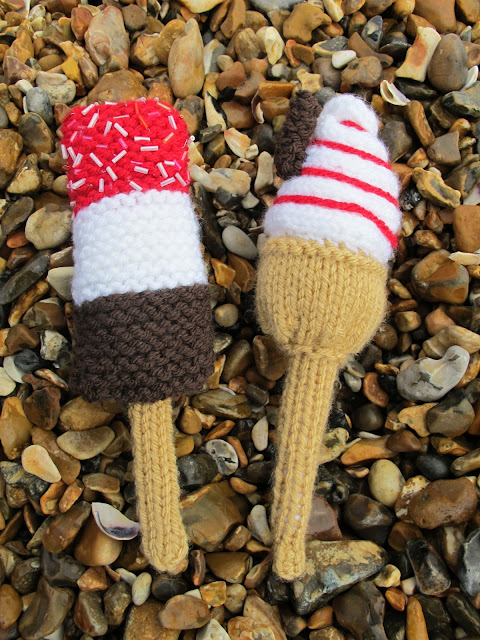On a Sunday afternoon in early December I went to Camber Dock in Old Portsmouth to board a boat called the Tiger Flower. The weather was a little chilly to say the least but I was greeted on board with a warm and friendly welcome from Andrew Collins. I had worked with Andrew some years earlier and remembered that he used to sing sea shanties; Andrew kindly agreed to help me out with my project and, rather fittingly, had suggested that I interview him aboard the Tiger Flower. Andrew co-owns the boat with other sailing friends, one of whom is Tony Spender, who not only sails with Andrew but also sings in the same group. Tony joins us a little later but in the meantime Andrew makes us both a warm drink and we take a seat below deck away from the cold air.
 |
| Andrew on the Tiger Flower |
Andrew was originally in a barber shop chorus and from there he got into singing sea shanties; he has continued singing them for the last 15-20years. Andrew first started singing in a small group with Tony and two other friends. Their act was designed to take people around the world by sail, with a smattering of history and anecdotes thrown in for good measure. They both also sing with about a dozen other people in a local group called the 'Deck and Fo'c'sle.
From the minute that Andrew begins to explain the history and meaning behind the shanty songs it's evident that he knows his stuff. Andrew tells me how the Shanty man was employed to set the rhythm and the pace of work done on board ship. The shanty would sing to the sailors and they would sing back at him. Using examples of certain songs and tasks to explain how the rhythm and pace was set, Andrew sang and talked me through how the shanty worked. It was fascinating to listen to his depth of knowledge on the subject.
I was interested in what singing meant to him on personal level, and he said that it was about community and friendship, stating, 'It's a very pleasant thing when you create harmonies together - it gives you a very good feeling.'
I asked him if singing sea shanties gave him more of a connection with the sea to which he replied, 'Yes, I've been sailing for forty years and it can be a lonely existence. When I started sailing at 21 I didn't know a thing about it. When you sail you may not see another vessel for two 0r three days; singing sea shanties gives you a connection with the sea."


























